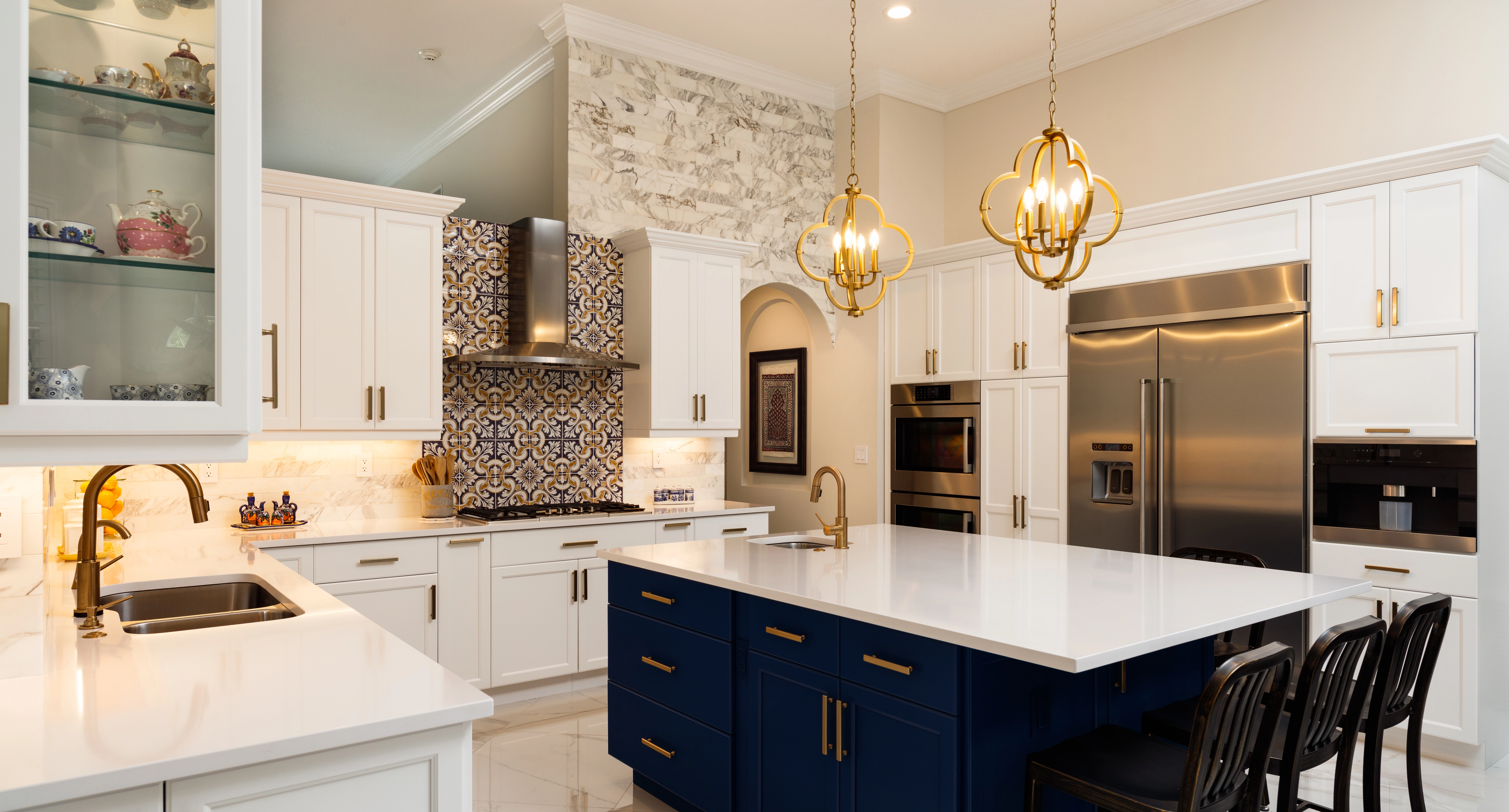How to Design a Toxin-Free Kitchen for Healthier Living

The kitchen of a home is often a special place. It might be where you gather with family and friends on special occasions or where you bake special treats for the people you love. While the kitchen may be the heart of a home, it can expose us to pollutants that we're not even aware of.
Whether you are a contractor who designs and remodels kitchens or a homeowner looking for ideas before interviewing a contractor, understanding and integrating building biology principles into your design can help foster a harmonious balance between aesthetics, sustainability, and overall wellness.
Let’s look at a few ideas related to air quality specifically.
Designing for building biology
Kitchen cabinets, countertops, and flooring often cover large areas and can contribute to indoor air pollution when petrochemical-based glues and finishes are present. Volatile organic compounds (VOCs) are organic chemical compounds that evaporate into the surrounding air from building materials. Formaldehyde is the most well-studied VOC in conventional building materials.
Building biologists recommend selecting cabinets that have no added formaldehyde or ones that emit low levels. Also, solid wood construction with natural finishes and no particle board tends to be superior.
What to consider when selecting countertops
When looking at countertops, there are six key factors to consider:
- Is the material nontoxic?
- Is it easy to clean?
- Is it heat-resistant?
- Does it require sealant and maintenance?
- Is it non-porous?
- Is it scratch-resistant?
Countertops that do not require sealing can avoid toxic chemicals. Mechanically fastening countertops to cabinets may be better than using glue, which may contain toxins.
What to consider when selecting floor finishes
Kitchen floor finishes like tile and stone are typically easier to clean. Wood floors can trap water between the finish and subfloor if an appliance leaks, leaving no path for water evaporation, which could result in moisture and mold issues.
What to consider when selecting wall finishes
Cooking and cleaning can generate significant amounts of moisture and condensation, potentially affecting wellness, comfort, and air quality. Consider hygroscopic finishes that absorb and release moisture as needed without breaking down. They can help maintain a more balanced moisture equilibrium within the building. Some natural plasters and clay wall materials have natural buffering properties. Raw wood on ceilings is also naturally hygroscopic and can hold and release moisture.
Water-based paints with low-to-zero VOCs are becoming more available from commercial manufacturers. Milk paints made from milk protein, earth pigments, lime, and clay are free of petrochemicals, odorless, and biodegradable when dry. Solvent-free natural wood stains and sealers have also become more popular.
What to consider when selecting cooktops and range hoods
Stoves and cooktops can affect indoor air quality, too. Gas-fueled appliances, including natural gas or propane, can release carbon monoxide, nitrogen dioxide, nitrous oxides, and aldehydes into the air. Flames on a cooktop should be entirely blue. A yellow or orange flame can indicate an incomplete burn. If noticed, call a professional appliance service company for further inspection. Food particles on burners can incinerate and release toxic byproducts into the air. Smooth cooktop surfaces such as ceramic and glass can be much easier to clean than coil burners.
For adequate ventilation, install a proper range hood. Range hoods can remove indoor air pollution and moisture. Range hoods that recirculate air through a carbon filter do not remove pollutants sufficiently. They should be vented outdoors with ridged ducting, short runs, and limited bends and elbows. A range hood should be wider than the stove and cover the front burners with the appropriate strength.
Current building codes do not consider the various building materials that affect indoor air quality to protect the occupants. Working with architects, designers, and contractors who understand healthy building concepts can help enhance any living area or workspace.
An insurance company that cares about you and insuring the things you wish to be insured.
Get a Quote> Find an Agent>

